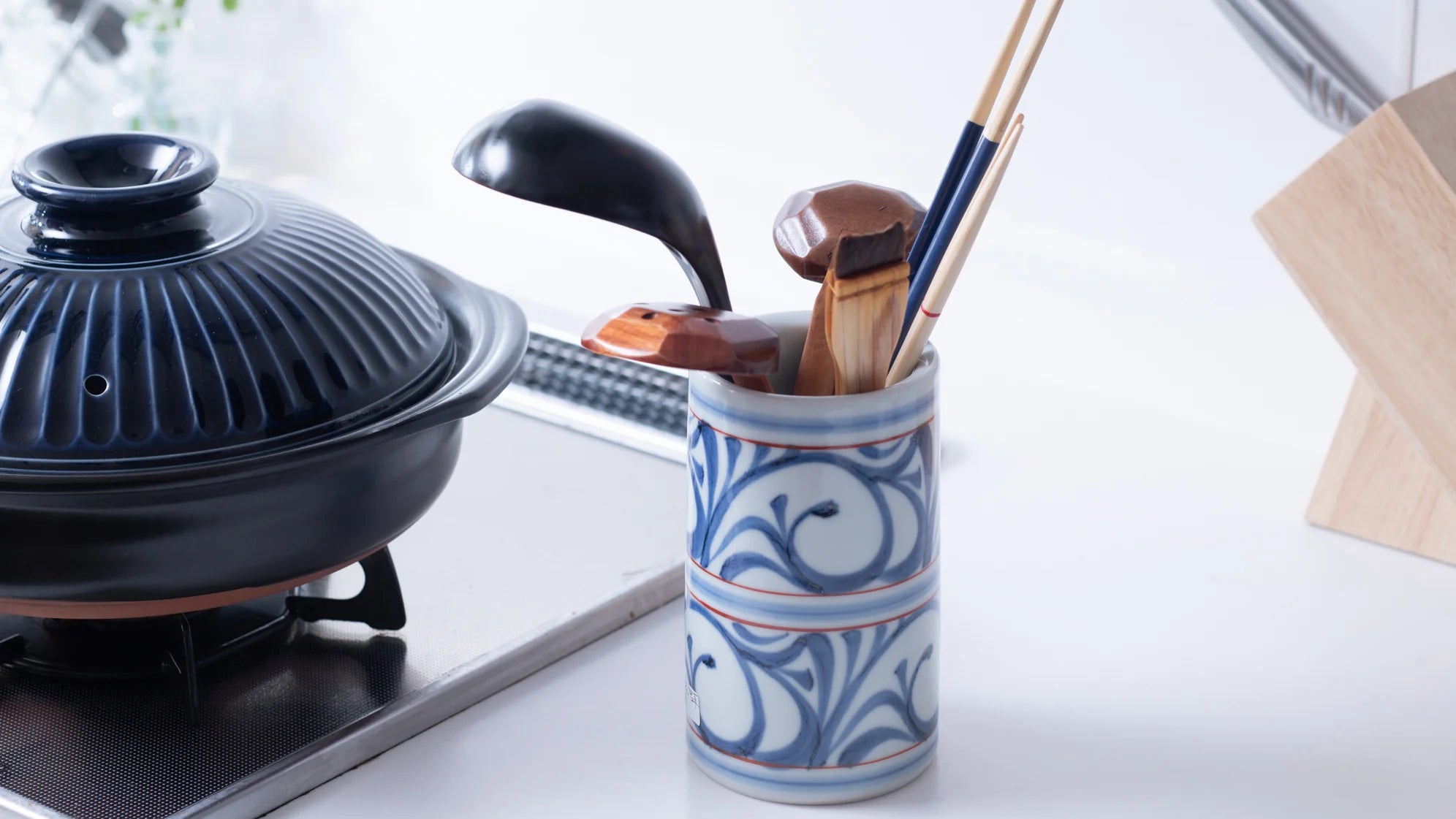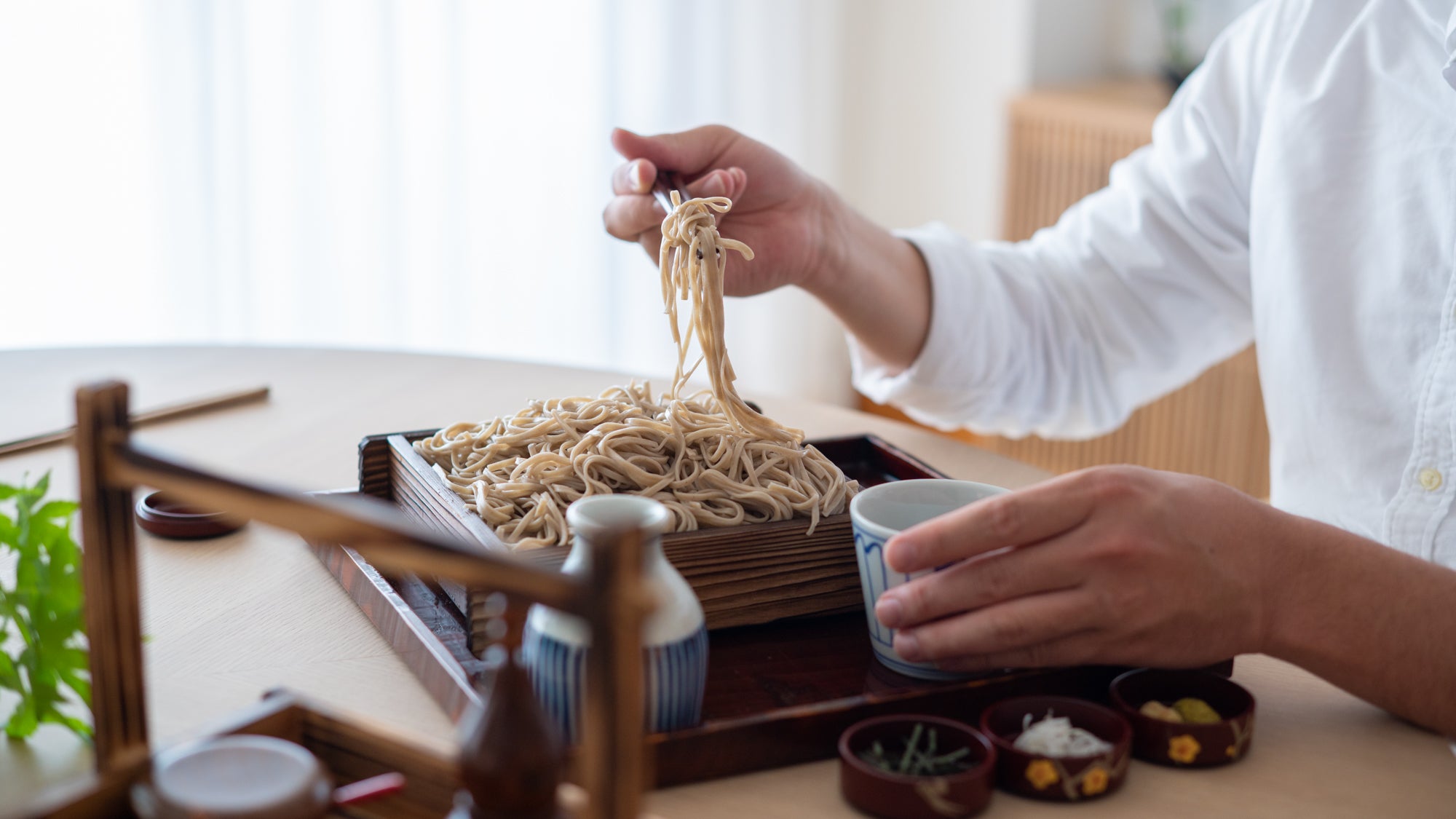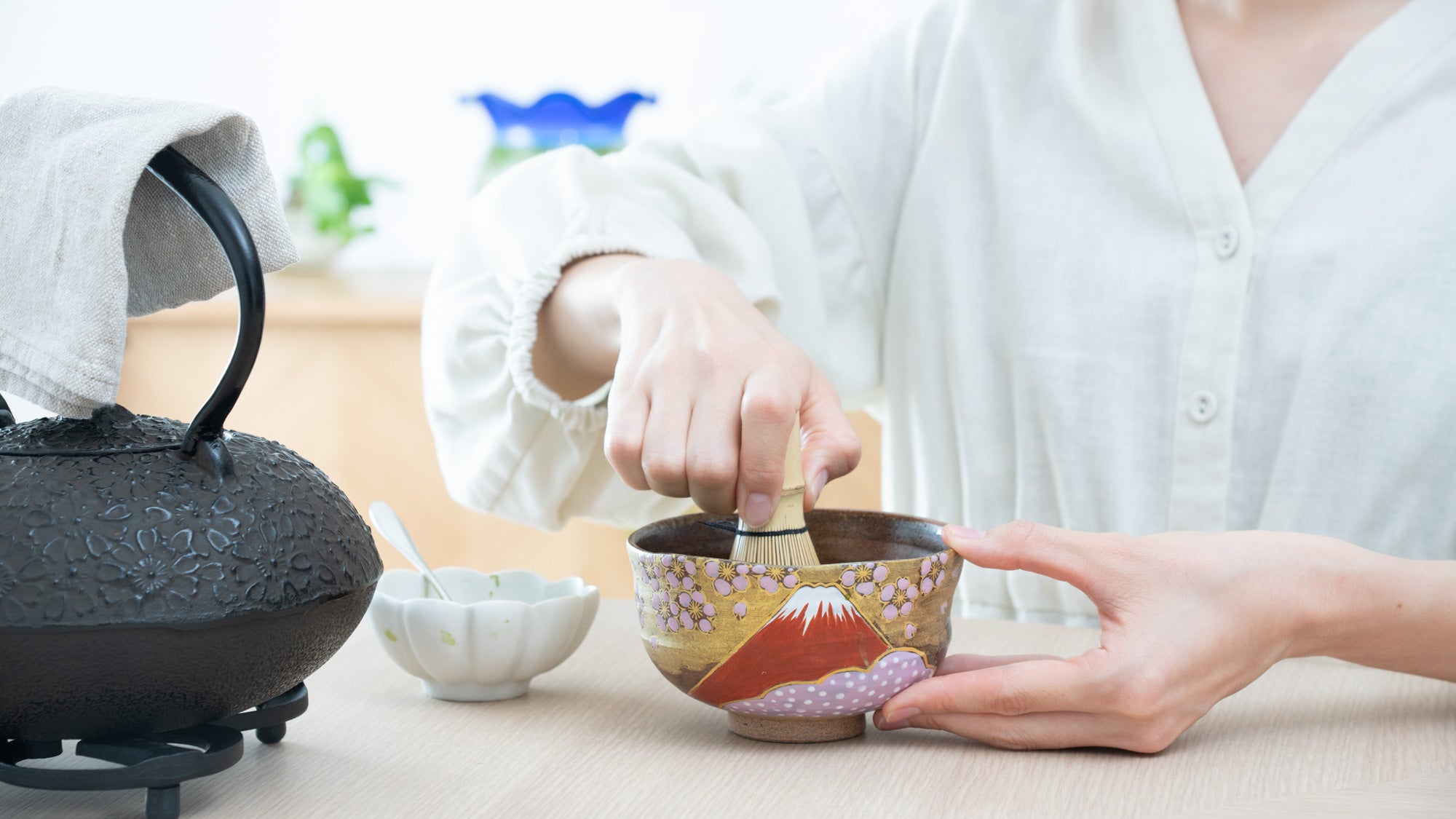1 May 2023
The Green Gems of May: Shincha

As summer approaches, so too does a new season of Japanese tea. Every year, many people are in anticipation of this special seasonal treat that can only be enjoyed during this time of the year.
"Shincha" is the first flush of the season's tea harvest. Young tea leaves are carefully plucked by hand and delicately processed to maintain its unique flavor and aroma. In Japan, the harvesting of shincha and the enjoyment of its fresh flavor are both age-old traditions that are deeply embedded in Japanese culture and deliver the joy of welcoming another new season.
Join us in exploring how shincha marks the delightful transition from spring to early summer in Japan, and celebrate its sweet and aromatic allure.
Contents
- What is Shincha?
- Signaling the Arrival of a New Season
- Enjoying Fresh and Fragrant Flavors Together
What is Shincha?

Shincha, which translates to "new tea" is a unique tea that offers a delightful taste experience. Its leaves are handpicked from the tea plant at the beginning of the harvest season which usually starts in late April to early May. The leaves are then quickly steamed to prevent oxidation and to lock in its bright green color and fresh flavor. The steamed leaves are then "rolled" to release their natural oils and to give the leaves their distinctive needle-like appearance. Lastly, the leaves are lightly roasted to remove any remaining moisture.
So why is shincha so flavorful? From spring to winter, tea plants continue their growth, allowing for multiple harvests. However, during the cold winter, they respond to the cold weather by storing up vital nutrients and becoming dormant with no new foliage. When spring arrives, the dormant tea trees come alive with fresh buds bursting with stored nutrients. These nutrient-packed leaves release their delectable flavors and aromatic fragrance as they open to become shincha.

Signaling the Arrival of a New Season

In Japan, enjoying shincha is more than just about drinking delicious tea. It is a cultural tradition that celebrates the slow transition of seasons from spring to summer. Traditionally, shincha was harvested on the 88th day after Risshun, which is the beginning of spring on the lunar calendar. The 88th day is known as Hachiju Hachiya and was believed to be the best time to start harvesting shincha. It was also believed that drinking shincha harvested on the 88th day prolonged one's life. For 2023, the 88th day lands on May 2nd, however, with the unusually warm weather this spring, tea harvesting has already begun in well-known tea growing areas such as Kagoshima Prefecture in Kyushu and Shizuoka Prefecture.
During the shincha season, carpets of vivid bright green cover the fields of tea farms and farmers are seen carefully picking the tips of tea plants. The Shincha harvest provides us with yet another opportunity to appreciate the bounties of nature and the beauty of the changing seasons. Shincha represents a fresh start and a new beginning, making it a perfect way to welcome the new season and all that it brings. To learn more about Japan's food culture honoring seasonality see our article Japanese Food Culture and Seasonalities.
Enjoying Fresh and Fragrant Flavors Together
Shincha's highly regarded charms are its mellow, fresh flavor and mild sweetness. Its sweetness comes from an amino acid called Theanine which is highly concentrated in new leaves. Shincha has an especially sweet and umami taste with diminished astringency and bitterness.
This year, actually for the first time, we purchased Shizuoka Prefecture's shincha and enjoyed it together at the office. We used one of our largest teapots so that everyone could experience shincha's wonderful flavors.

To fully appreciate its flavors, here are some tips when making tea with shincha. The temperature of the hot water should be around 70C˚(160F˚). This is to avoid scorching the leaves and compromising its delicate flavors. The guideline in making a pot of tasty tea with shincha is to add about 180-200ml (6.1-6.8 oz) of hot water to about two teaspoons of shincha leaves. Let it infuse for about one minute and then pour evenly into tea cups.

The delightful flavor of shincha is infused throughout the teapot. So don't forget to pour all the tea into the teacups, until the very last drop!

The bright, translucent green of the tea shone beautifully in the white teacup. The flavor of the shincha was extremely mellow with gentle hints of green freshness. What surprised us the most was its aftertaste. The lingering taste of umami filled our mouths with pleasure. Truly refreshing.

It is always a joy sharing pleasant moments together at the office, especially when it involves eating or drinking!

Mototsugu-san drank his cup of shincha at his desk and enjoyed a moment of solace (and happiness).

Throughout the year, Japan holds a range of cultural events to honor and appreciate the changes of the season. Shincha picking is one such event which symbolizes the renewal and freshness that spring brings. And its delicious flavors can be easily shared with others.
If you are new to shincha, you are in for a delightful treat. Its sweet and refreshing flavor, delicate aroma and silky texture are definitely worth the try.




























































































































































































































